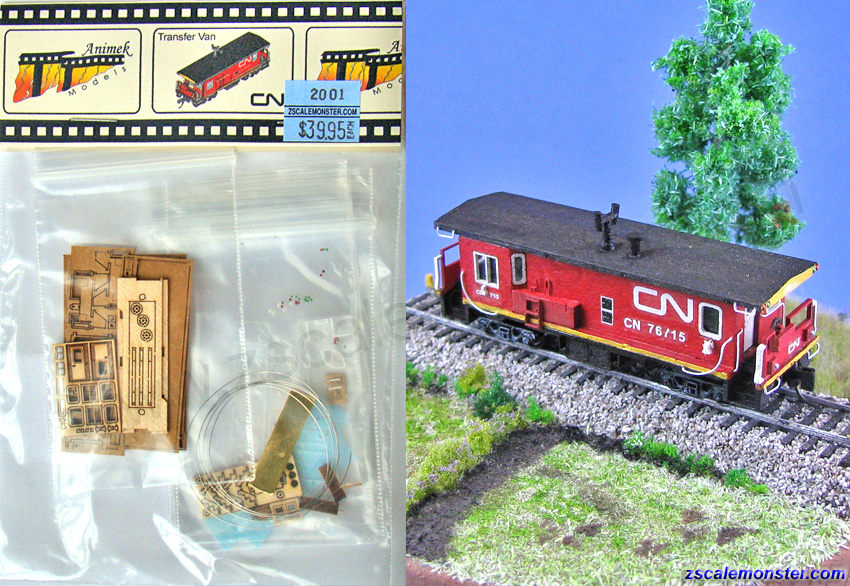Pre-assembly painting:
Beginning the assembly (underbody glued and clamped):
Walls attached:
...and doors:
Hand provided for size comparison:
Window frames installed (now that was a pain in the ass):
Interior completed:
...and finally the roof goes on:
That, unfortunately, was where I had to stop. The stairs that attach to the end platforms of the caboose broke (which is to say they more or less disintegrated) when I tried to detach them from the sprue, so I need to find or fabricate replacement parts before I can finish the kit. There are a few other detail parts that also need to be attached yet (lights, hand rails, and the framing on the roof), but since I couldn't finish anyway I decided to take a break.
Tally of mistakes so far: 3.
1- The directions said to paint everything before assembly. The paint I used was absorbed into the wooden parts, which expanded. As a result, the tolerances were a bit off and I had to trim a few things down before they would set in place (such as the pain-in-the-ass window frames). The wood expanding is also most likely why the stairs were so fragile. There are also a few gaps that need filling. It would have been easier (for me) to assemble first and use micro-brushes to paint the completed kit.
2- I used way, way too much glue. I have a bad habit of doing that. While it hasn't ruined anything, I had to do a few more touch-ups to the paint (another reason I should have assembled before painting) and slightly marred the window panes.
3- I used Crazy Glue. Crazy Glue is entirely appropriate for use on wood and plastic; the kit is made of wood and plastic so I should have been fine. Crazy Glue, however, is apparently able to dissolve the Testors brand model paints which I used on the kit. Yet another reason why I should have glued before painting.
All in all, the mistakes I've made are minor ones and I think the finished caboose (while it won't look as nice as the show model) will turn out just fine. I've also learned a few very useful things about small-scale modeling that will come in handy when the rest of the materials for my tank car construction project arrive. In the meantime, I'm off to Florida for about two weeks to revisit Eckerd campus, go apartment hunting, and spend a bunch of time with a few of my closest friends.








